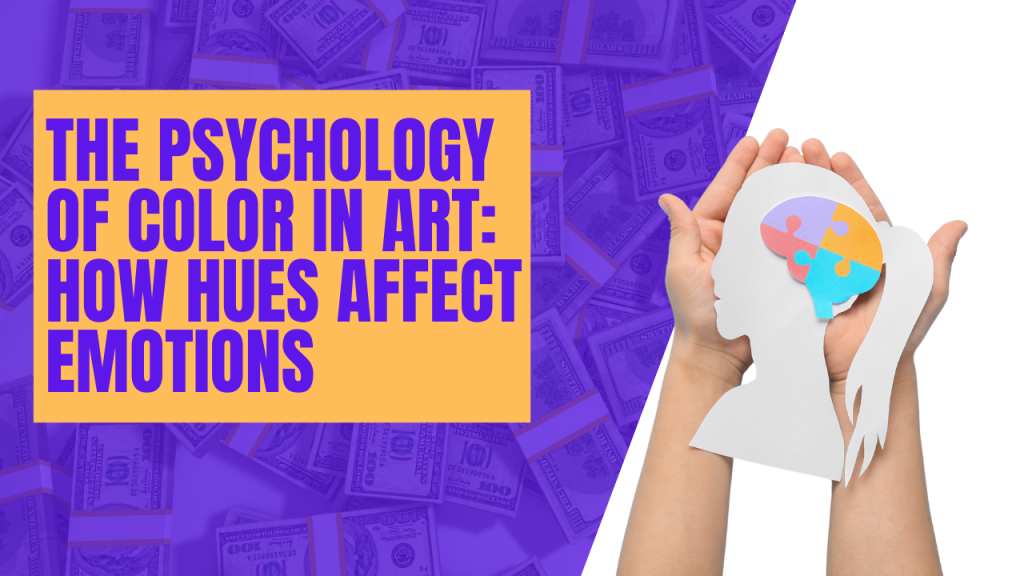
Color is a fundamental element in art, capable of evoking a wide range of emotions and reactions. Artists have long understood the power of color in conveying mood, atmosphere, and meaning in their work. The psychology of color delves into the ways in which different hues can influence human emotions and perceptions. Understanding these psychological effects can enhance an artist’s ability to communicate their message effectively and connect with their audience on a deeper level.
The Power of Red: Passion, Energy, and Intensity
Red is a color often associated with strong emotions such as passion, love, and anger. It has the ability to grab attention and evoke a sense of urgency or intensity. In art, the use of red can create a focal point or convey a sense of drama. For example, in Edvard Munch’s famous painting “The Scream,” the use of vibrant reds in the sky intensifies the feeling of anxiety and despair experienced by the central figure.
The Tranquility of Blue: Calmness, Serenity, and Stability
Blue is known for its calming and tranquil qualities. It is often associated with the sky and the sea, conveying a sense of openness and expansiveness. In art, blue can evoke feelings of peace, serenity, and introspection. Consider the use of blues in Claude Monet’s “Water Lilies” series, where the cool hues create a sense of harmony and tranquility, inviting viewers to immerse themselves in the scene.
The Warmth of Yellow: Happiness, Optimism, and Creativity
Yellow is a color that radiates warmth and positivity. It is often associated with sunshine, joy, and optimism. In art, the use of yellow can bring energy and vibrancy to a composition, eliciting feelings of happiness and cheerfulness. Vincent van Gogh famously used yellow in many of his paintings, such as “Sunflowers” and “Starry Night,” to convey a sense of vitality and creativity.
The Depth of Green: Growth, Renewal, and Balance
Green is closely associated with nature, representing growth, renewal, and harmony. It is a color that soothes and refreshes, evoking feelings of balance and stability. In art, green can be used to create a sense of lushness and vitality, as seen in the landscapes of artists like Georgia O’Keeffe and Henri Rousseau. The use of green can also symbolize transformation and renewal, as seen in the works of artists like Gustav Klimt and Frida Kahlo.
The psychology of color plays a significant role in the creation and interpretation of art. By understanding how different hues can influence emotions and perceptions, artists can effectively communicate their message and connect with their audience on a deeper level. Whether evoking passion with red, tranquility with blue, happiness with yellow, or growth with green, the strategic use of color enhances the impact and meaning of artistic expression. As artists continue to explore the interplay between color and emotion, they unlock new possibilities for creative expression and connection with viewers.